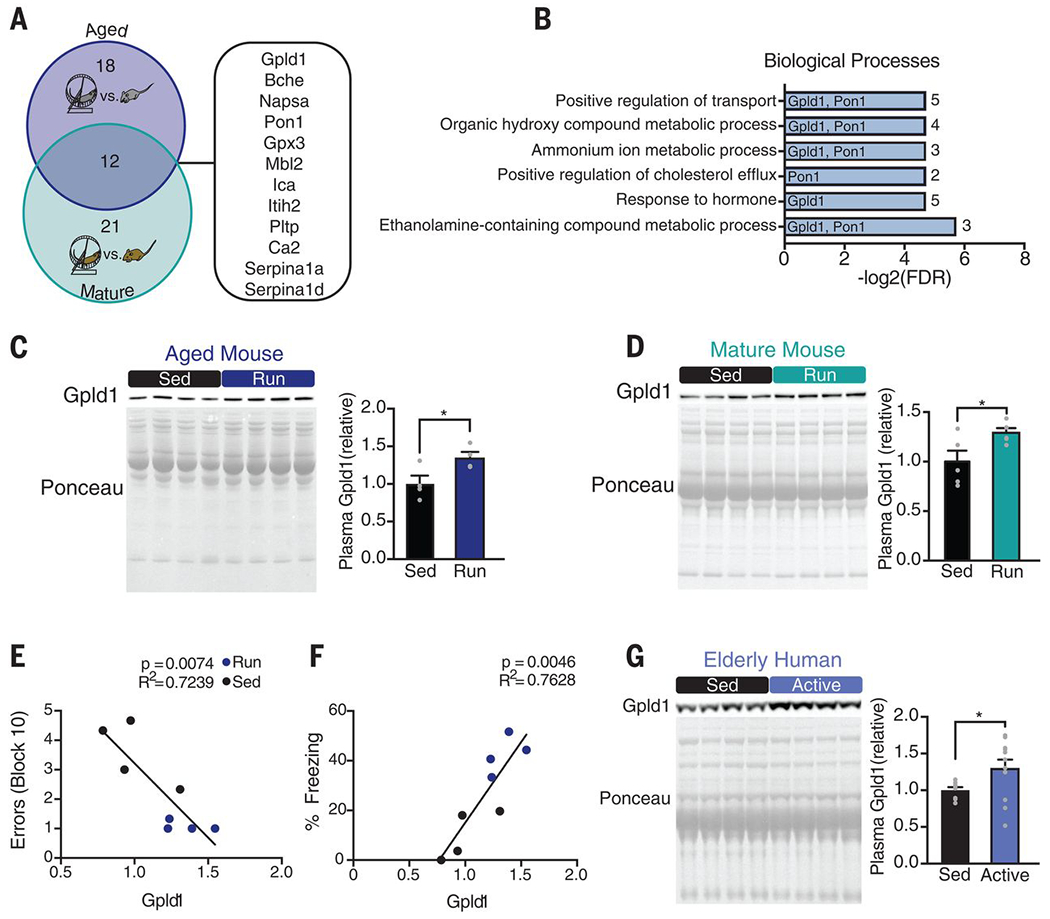Fig. 2. Exercise increases systemic levels of Gpld1 in mature and aged mice and healthy elderly humans.

(A) Venn diagram of results from proteomic screens of aged (18 months) and mature (7 months) exercised mice. Numbers of proteins whose concentrations increase with exercise in aged and mature mice are shown in the blue and teal regions, respectively. Proteins common to both groups are listed at the right. (B) Enrichment analysis of the 12 proteins up-regulated by exercise in mature and aged mice. Gpld1 and Pon1 are listed next to the processes in which they are implicated. Numerals at far right are numbers of proteins represented in each process. (C and D) Western blots with corresponding Ponceau S stains and quantification of Gpld1 in equal volumes of blood plasma from individual aged (C) and mature (D) sedentary and exercised mice (n = 4 or 5 per group). (E and F) Correlation between plasma Gpld1 levels in exercised and sedentary aged mice and number of errors committed during the final block of RAWM (E) or time spent freezing in contextual fear conditioning (F). (G) Western blot and quantification of Gpld1 in equal volumes of blood plasma from individual sedentary (<7100 steps per day) and active (>7100 steps per day) healthy elderly humans (aged 66 to 78 years; n = 8 to 12 per group). Data are means ± SEM; *P < 0.05 [t test in (C), (D), and (G); linear regression in (E) and (F)].
